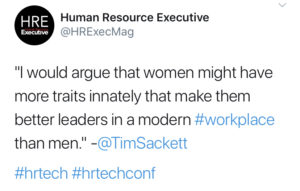You might have seen this in the news that Estonia has started experimenting with a new way to punish speeding drivers. Instead of making them pay a fine for speeding, they are giving them an option to ‘take a timeout’ instead for 45 minutes to an hour, right then and there. Which brings up the question, what is more, valuable to these drivers, their time or their money?
From the article:
Drivers caught speeding along the road between Tallinn and the town of Rapla were stopped and given a choice. They could pay a fine, as normal, or take a “timeout” instead, waiting for 45 minutes or an hour, depending on how fast they were going when stopped.
The aim of the experiment is to see how drivers perceive speeding, and whether lost time may be a stronger deterrent than lost money.
Early results of this pilot program are unclear, as it seems that those who can pay the fine will, while those who would be hit harder by a financial fine will tend to take the timeout.
These types of tests are what we should be doing with our own employees within organizations. Everyone has different values of certain things, but we tend to build rewards and punishment programs all the same. Do well and you’ll get a $500 bonus! Or do well and you’ll get an extra day off!
Rarely do we build them where we give people the option – do you want more time or more money as your reward, or on the flip side, for your punishment do you want money or time taken away?
I’ve used both and not one is 100% correct. I’ve had goals set that would reward is something was met, but also if it wasn’t met then the person or team would have to come in and work extra time. I can tell you, no one liked coming in extra to meet their goals. So, making some work extra, for the same pay, seems to be a big deterrent, but also a pretty crappy work experience.
On the flip side, being able to take more time off is really liked by some, but not all. You’ll have some folks who actually really enjoy coming into work, and taking a bunch of extra time off gives them anxiety to be away from the office.
Is there a magic solution?
The one thing I see that consistently has the biggest impact on a positive employee experience in any environment I’ve worked in is simply flexibility. Treat employees like adults and let them integrate their life with their work and make the choices they need to make to make both work as effectively as possible.
Sounds easy, it’s super hard and complicated in real life! Because it’s complicated, we tend to do the opposite and have a bunch of rules, which then just makes it miserable for everyone. I prefer to give the flexibility, but and then take care of the outlier issues that crop up. We believe there will be many issues, but it’s fewer than you think.
One easy way to control for all of this is to have really great, non-subjective, measures of success. The reality is if someone working for me is successful, then they should have the freedom to have the flexibility they desire. What I know is time and money are both valuable depending on the situation you are currently in, and those values can change daily for some people.

